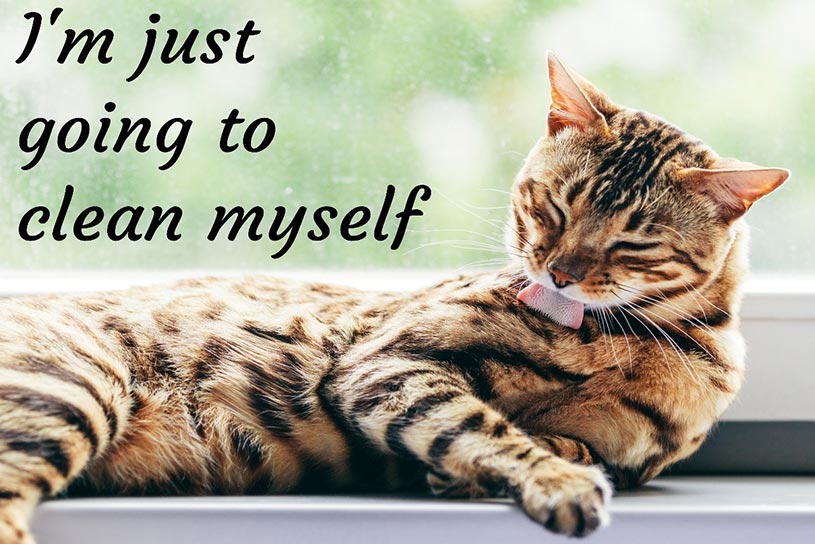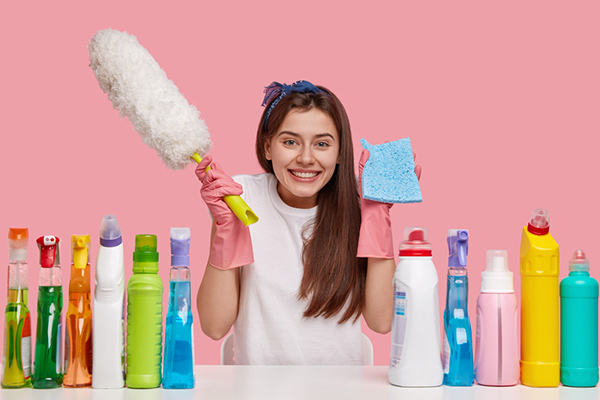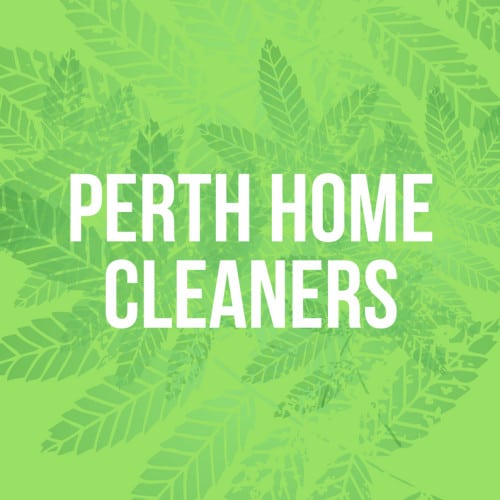As Bizarre As It Gets: Personal Hygiene Throughout History
Hygiene and cleaning practices were once the hallmark of the aristocracy, now some of them have become common practice in our 21st century lives. However, even with their great luxuries, the aristocracy would not be what we consider ‘clean’ by modern standards.

Outdated Feminine Hygiene
In the Victorian era, wearing hoops, bustles, and skirts was normal for women to have to wear day-to-day. Pantaloons and knickers were what was worn as underwear. These undergarments had a crotch that was split in the middle, this was a feature that was used to relieve themselves in the toilet. That way, they did not have to disrobe altogether. Instead, they only hovered over the bowl.
In the Wild West of the Americas, a U.S colonist would style her hair in an up-do with pins – unless she was with her husband. Hair washing happened only once a month and was done using ammonia.
Unique Rummy Personal Odour
Before deodorants and lotions were invented, people did not have many things to get rid of their body odour. Perfumes and colognes were reserved only for the ultra-rich or royalty. People below in the hierarchy, that is, the regularly wealthy, used scented powder, which was used for absorbing wetness too.
To take care of body odour, men used strange vintage hygiene tips that we are glad have passed on. “Bay rum” was a particularly popular scent – made by infusing rum with perfume and spices. It was originally invented to get rid of the odour of sailors.
Nosebags to Stop Gagging
In medieval times, the streets in towns and cities were not clean. They were filled with rotting food, human waste, and trash. Horses were most peoples mode of transport, and they relieved themselves regularly on the roads. The outdoor spaces were so incredibly smelly, especially during summer, that people nearly gagged.
To combat the stink, people wore fabric face masks that were called nosebags. These face masks were then filled with lilies or roses to disguise the rotten smell from their surroundings. These gross and surprising hygiene practices from history predate the masks that we use today to protect us from COVID-19.

Hygiene of Native Americans
When America started being colonized in the 17th century, the Native Americans found many of the coloniser’s hygiene practices sickening. For example, the Native Americans deemed it gross to blow your nose in handkerchiefs and then carry it around.
Most Native people had teeth that were much better and cleaner than the European colonisers because they cleaned them using chew sticks of fresh herbs such as mint. They also rubbed charcoal to whiten their teeth. In contrast, the early Europeans not only seldom brushed their teeth but also ate food that was detrimental to oral health.
Cleanliness Then and Now
In the 18th century, people’s idea of cleanliness was to wear white linen under their outer apparel. The common belief was that white linen absorbed the impurities of the body and cleaned the skin. Starched cuffs and white collars from underneath often extended beyond the borders of the outer garments, signifying social superiority.
These disgusting medieval hygiene practices started changing with the manufacture of soaps in the 19th century. It was at this time that the bathrooms of the upper class started taking on new appearances brought on by advancements in plumbing. This played a big role in promoting hygiene as an appealing quality.
Wash Your Hands Off
Louis Pasteur, a French scientist, discovered how microbes transmitted diseases in the late 19th century. Pasteur’s breakthrough discovery profoundly changed the disgusting hygiene practices of the masses. He became an energetic advocate of clean hands as an effective way to stop the spread of deadly diseases.
Hand-washing is a widespread practice in the pandemic times that we live in now, thanks to the discovery of the link between the transmission of diseases and viruses. Along with hand-washing, people also developed many new hygiene practices. We hope that people will continue these personal cleanliness habits even after the pandemic ends.

Get The History Behind Modern Cleaning
Hygiene is a set of practices in our daily lives that keep us free from harmful and contagious diseases. They also keep us clean and healthy. If we are to win our war against infectious diseases, we must understand and promote safe hygiene. Regular hygiene and cleaning is the most effective way to defeat potential future pandemics.
Looking at historical hygiene practices give us some perspective on the origins and evolution of the cleanliness present in cultures in modern times. Although hygiene remains partly an avoidance of disgust, it is also instinctive. By understanding how hygienic practices evolved, we can avoid some and enhance others. Some practices are powerful means to combat diseases.
Some of the hygienic habits of modern-day living are practices that evolved. They are practised without giving much thought, for example, brushing and showering. However, each of those hygienic behaviours has a history behind it. Being aware of them gives us a better understanding of why we still practice them.







